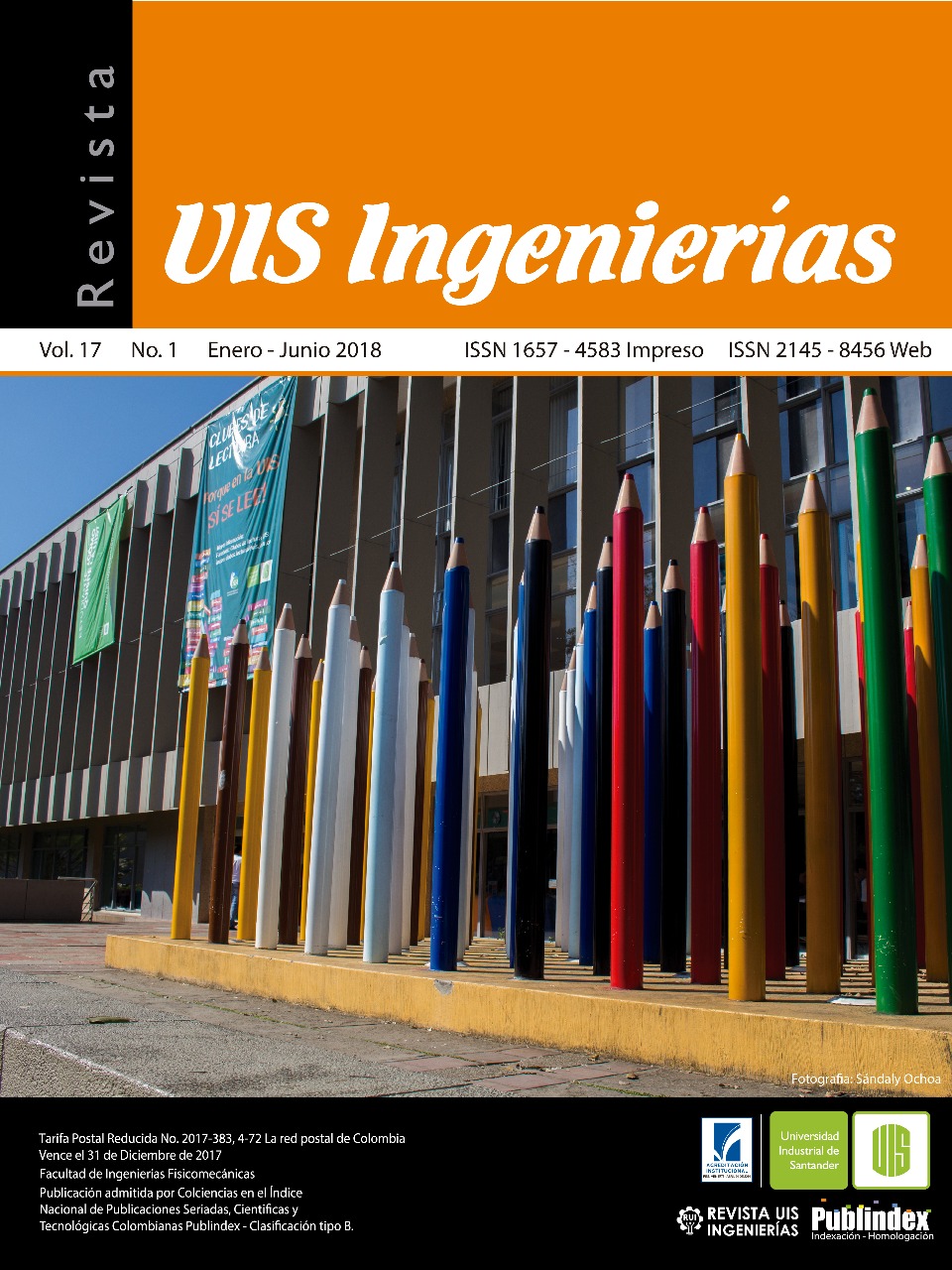Published 2018-01-09
Keywords
- Index terms –active vibration control,
- fir adaptive filter,
- the filtered-x least mean square,
- recursive least square
How to Cite
Abstract
In this paper an Active Vibrational Control (AVC) for a three-cart problem is studied. The Filtered-x Least Mean Square (FxLMS) and Recursive Least Square (RLS) algorithms are compared in terms of disturbance rejection, computational cost and control effort when a correlated measurement of the disturbance is available. The proposed RLS compensator considers a feedback coupling between the compensator and the disturbance. The secondary propagation path of the plant was estimated using normalized LMS (NLMS) algorithm. The internal positive coupling is modeled as a FIR filter estimated by the real plant parameters. Simulations showed a superior performance of RLS algorithm with a reasonable computer cost. The comparative analysis was performed comparing the tradeoff between the filter order and the magnitude of the rejection.
Downloads
References
M. Alma, I. D. Landau, J. J. Martinez, and T.-B. Airimitoaie, “Hybrid adaptive feedforward-feedback compensation algorithms for active vibration control systems”, IEEE Conference on Decision and Control and European Control Conference. 2011, pp. 6771–6776.
S. M. Kuo and D. R. Morgan, “Review of DSP algorithms for active noise control,” in IEEE Conference on Control Applications - Proceedings, 2000, vol. 1, pp. 243–248.
F. Ben Amara, P. T. Kabamba, and A. G. Ulsoy, “Adaptive sinusoidal disturbance rejection in linear discrete-time systems - Part I: Theory,” J. Dyn. Syst. Meas. Control. Trans. ASME, vol. 121, no. 4, pp. 648– 654, 1999.
F. Ben Amara, P. T. Kabamba, and A. G. Ulsoy, “Adaptive sinusoidal disturbance rejection in linear discrete-time systems - Part II: Experiments”, J. Dyn. Syst. Meas. Control. Trans. ASME, vol. 121, no. 4, pp. 655–659, 1999.
I. T. Ardekani and W. H. Abdulla, “Stochastic modeling and analysis of filtered-x least-mean-square adaptation algorithm,” IET Signal Process., vol. 7, no. 6, pp. 486–496, Aug. 2013.
I. T. Ardekani and W. H. Abdulla, “Theoretical framework for stochastic modeling of FxLMS-based active noise control dynamics,” in 2012 Conference Handbook - Asia-Pacific Signal and Information Processing Association Annual Summit and Conference, APSIPA ASC 2012, 2012.
“DSP System Toolbox TM Getting Started Guide R 2014 a,” 2014.
T. Wang and W. S. Gan, “Stochastic analysis of FXLMS-based internal model control feedback active
noise control systems”, Signal Processing, vol. 101, pp. 121–133, Aug. 2014.
S. Liu, D. Liu, J. Zhang, and Y. Zeng, “Extraction of fetal electrocardiogram using recursive least squares and normalized least mean squares algorithms,” in 2011 3rd International Conference on Advanced Computer Control, 2011, pp. 333–336.
L. Lara, J. Brito, C. Graciano, “Structural control strategies based on magnetorheological dampers managed using artificial neural networks and fuzzy logic,” Rev. UIS Ing., vol. 16, no. 2, pp. 227 -242, 2017. Doi: https://doi.org/10.18273/revuin.v16n22017021

